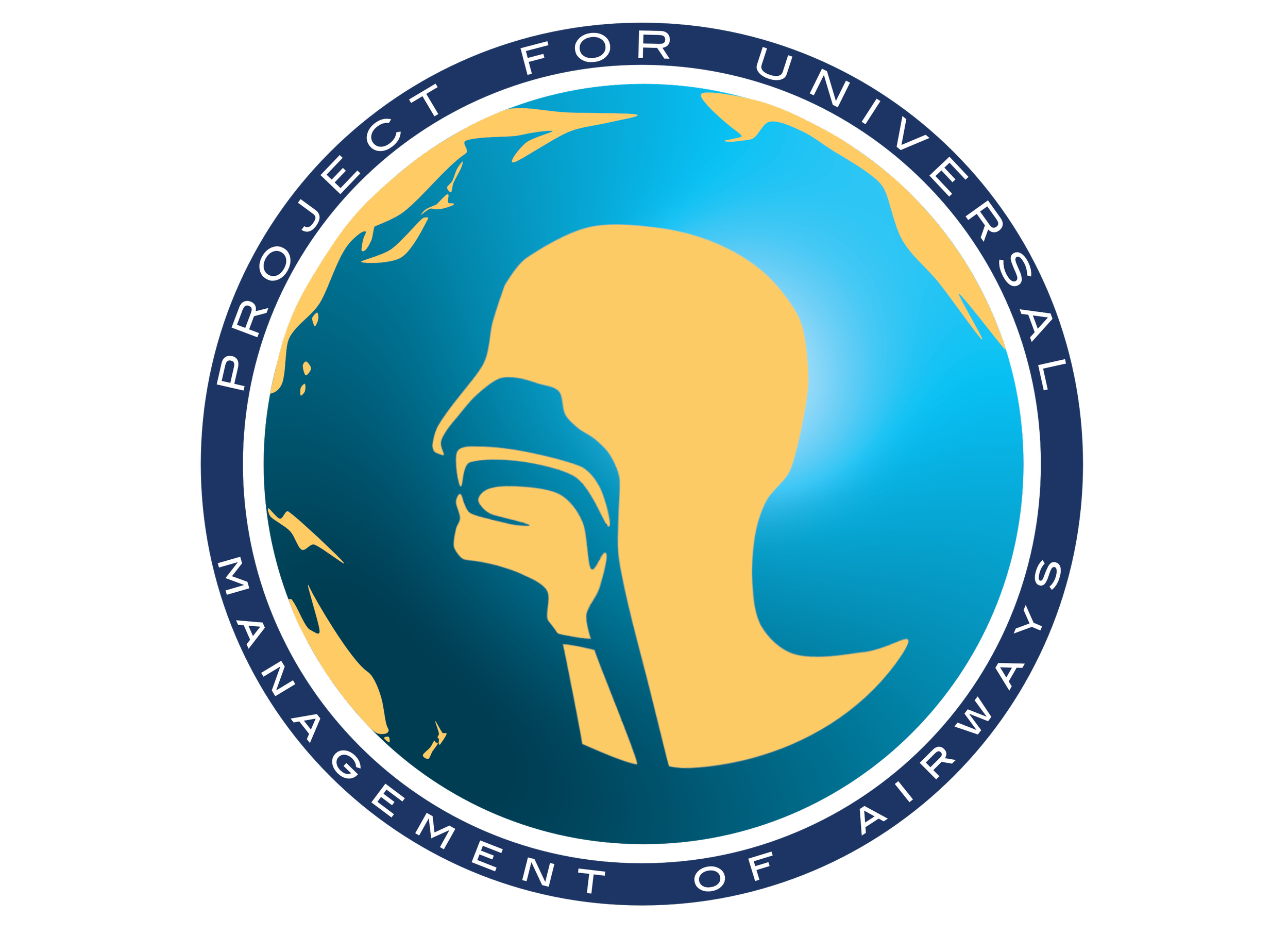B
Backing out: the process of restoring spontaneous maintenance of airway patency and ventilation by the patient.
This is most commonly referred to in the literature as ‘waking the patient’ but this term was felt to be suboptimal as it is typically associated with anaesthetic practice and the concept of returning the patient to a state of normal consciousness and airway protection state and potentially ‘cancelling the case’. As neither return to a normal state of consciousness/airway protection nor the ability to indefinitely defer airway management are necessities for exploiting this option, it was felt that ‘backing out’ would better convey the potential relevance of this approach to critical care medicine where it might otherwise be overlooked. Unlike ‘waking the patient’ which can be interpreted simplistically as a one-step intervention, the term ‘backing out’ also reinforces that this is a process requiring a detailed strategy, including plans for airway rescue if patency is lost, just as would be required at the initiation of airway management.
Best Effort: the situation in which all reasonable interventions (in context) to achieve airway success via a given core upper airway option have been implemented.
The term ‘best effort’ is derived from the Vortex Approach. It is distinct from a ‘plan’ as described in the Difficult Airway Society guidelines, as the latter is prospectively determined before initiating airway management whereas (while a plan to achieve a ‘best effort’ at each of the core upper airway options can and should be made prior to initiating airway management) the term best effort describes an endpoint, achievement of which can also be declared in real-time during airway management, incorporating information obtained during the process of performing airway interventions, that was not available when the plan was developed.
